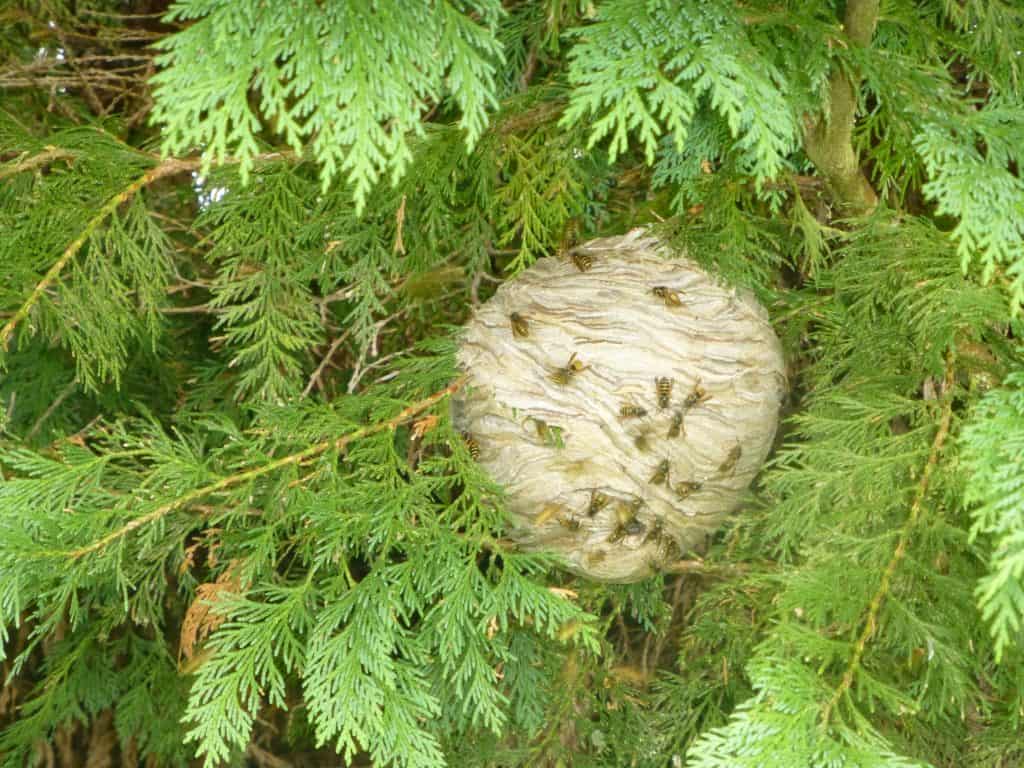
How to Spot a Wasps Nest and What to Do About It
Wasps are part of summer. We see them and hope not to get stung by them, and most of us manage to avoid that experience. However, spotting a wasp or two is very different from seeing a lot of them. This is a sure sign there is a nest nearby – and it could be on your property.
From June until September each year, wasps get busy building their nests. That’s why most people spot nests during those months. But how do you know whether you’ve got one to worry about on your property?
Where is a wasp nest most likely to be?
Wasps are canny creatures and like to build their nests in sheltered spots. These are typically inside or underneath other things. For example, they might build a nest in a shed or in your attic, if they can get access to it. They might find the ideal spot in your garden, either in a bird box or butterfly box, for instance. Another possibility is for them to build their nest in a crack in your wall.
However, there are different types of wasps around. Some like to build their nests underground rather than in cracks or crevices. So, if you spot a hole in the ground in your garden, be careful.
How can you tell if you have a wasp nest to worry about?
We’re used to seeing wasps during the summer. However, if you are close to a nest, there is no mistaking the significant increase in wasps flying around. You can’t miss the huge numbers.
The good news is that this makes it easy to locate the nest. Just be careful when watching where the wasps go. They will defend their nest and they will sting you. Observe their behaviour and you will soon see where they are heading.
How to tackle a wasp nest
Always get an expert pest controller to do this for you. Once you locate the nest, get someone in to remove it as quickly as possible. The longer you leave it, the bigger the nest gets, and the more wasps are involved.
You should never attempt to remove or relocate a wasp nest on your own. Experts should always be called in to make sure the nest is safely removed and disposed of, allowing you to get back to normal again.
